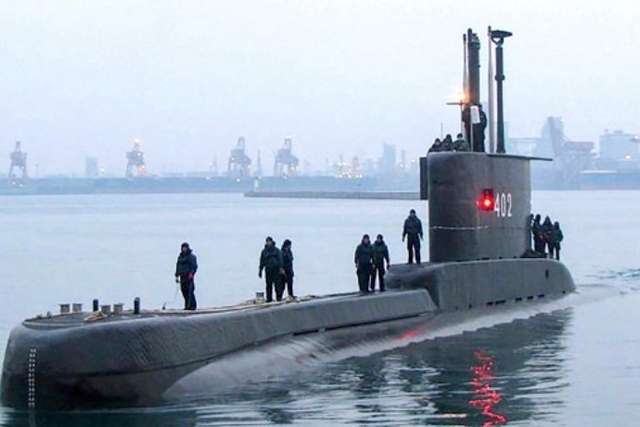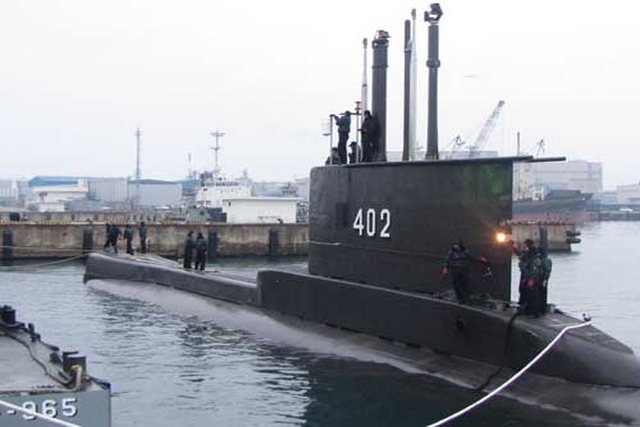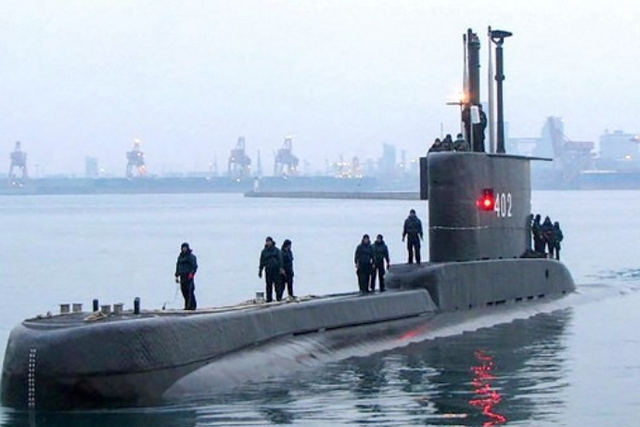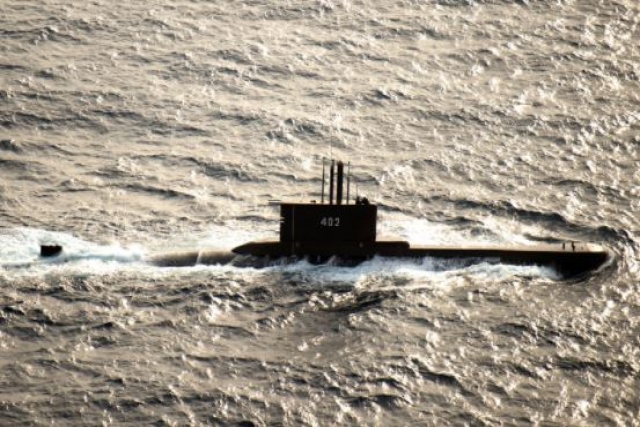Internal Solitary Wave May Have Caused Indonesian Submarine to Sink

A powerful underwater current called an internal solitary wave may have caused the Indonesian Navy’s KRI Nanggala 402 submarine to sink on April 21.
The submarine's former commander, Rear Admiral Muhammad Ali, told local media, “The natural phenomenon (internal solitary wave) occurs when different sea depths come together, creating forces that could have dragged the vessel down.”
Waves are also generated deep inside the water. This is because the density of the ocean changes from the surface to the bottom of the sea floor — the colder the water gets, the more dense it becomes. The difference in density creates a boundary layer between light and heavy bodies of water. Sometimes when tides pass over obstacles such as rocky ocean floors, they disturb the interface between these layers of water. These disturbances lead to the build-up of massive underwater waves.
The 44 year-old submarine was preparing to take part in torpedo launch exercises when it plummeted ~840m to the ocean floor, soon after losing contact. The explanation given for the submarine’s sinking was that it was hit by a foreign missile, suffered a power blackout, or that one of its torpedoes exploded.














